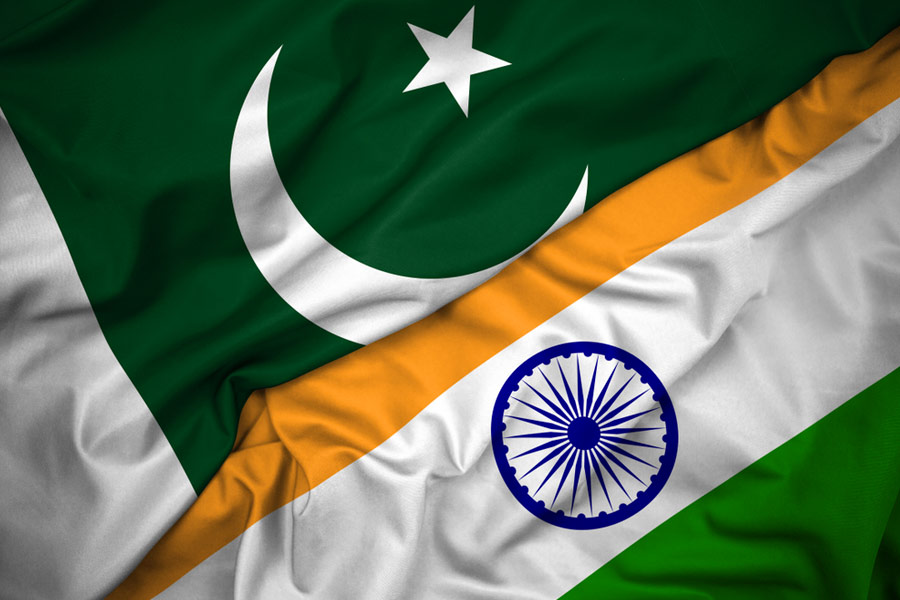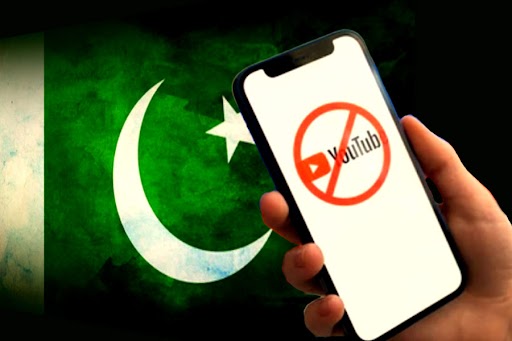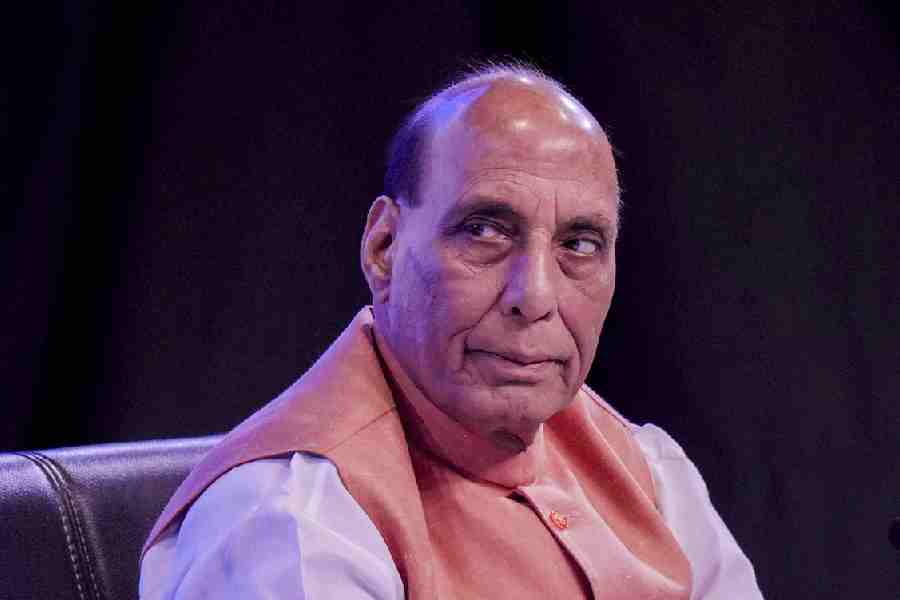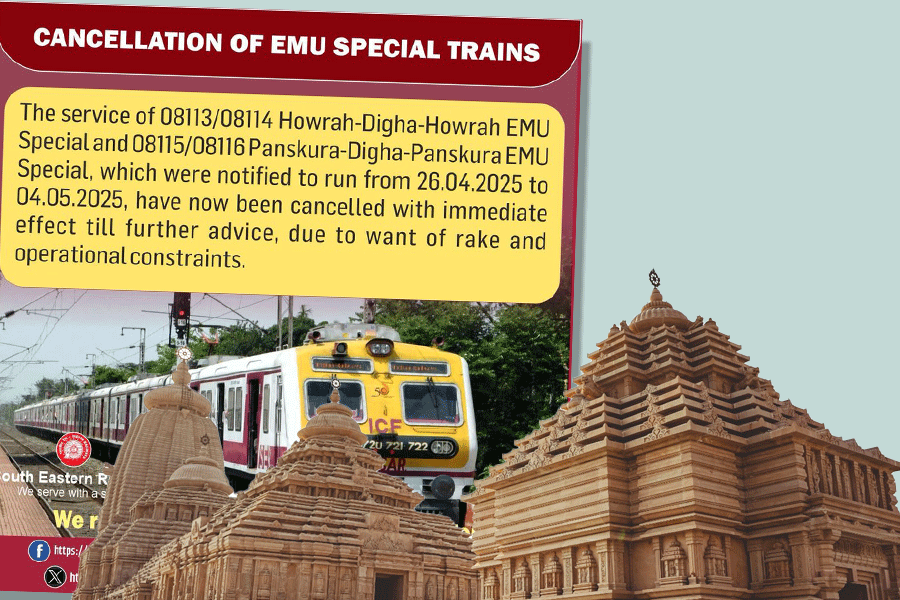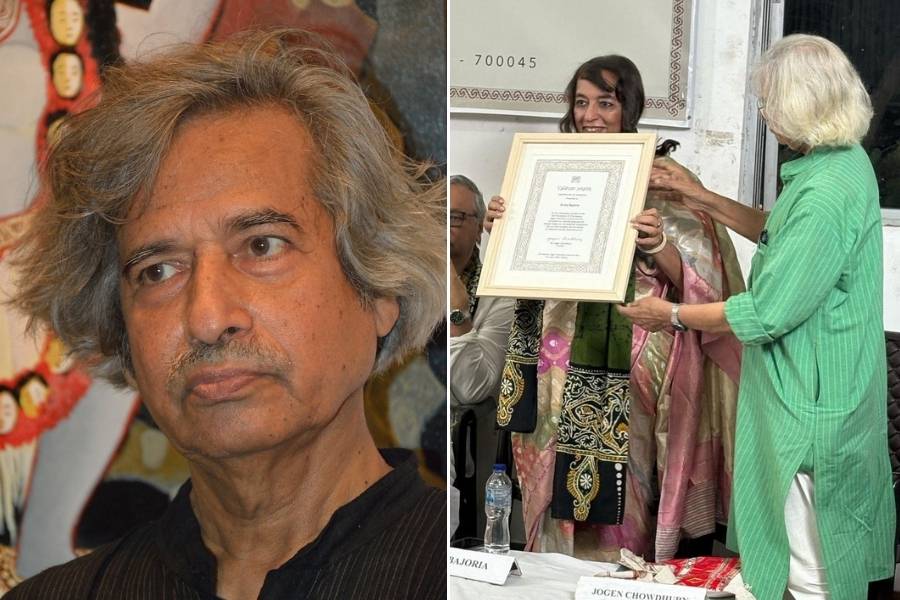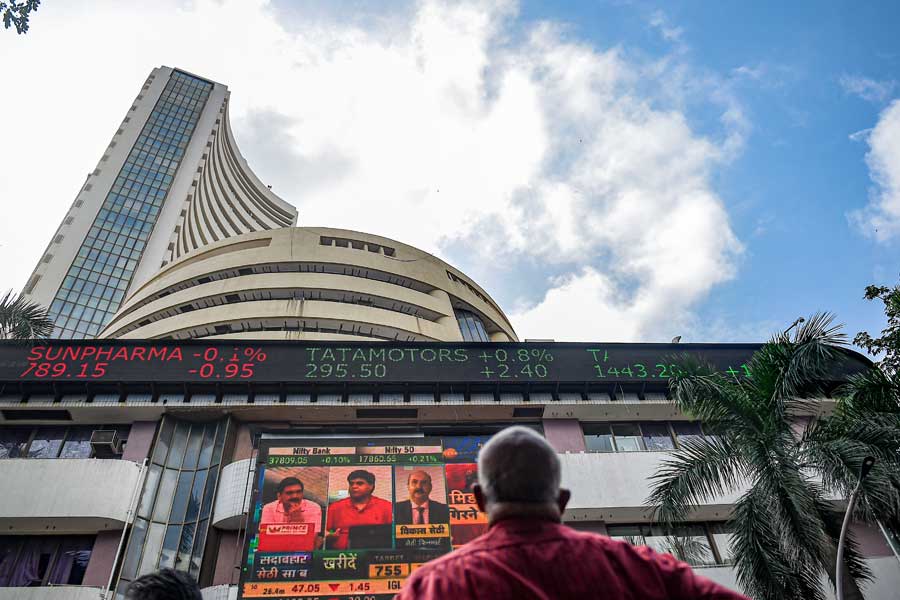|
|
 |
| Country Roads: The Delhi-Lahore bus arrives at the Wagah border (top); file photo of President Pervez Musharraf and Congress president Sonia Gandhi in July 2001 (above). Reuters/AFP |
Diplomacy is serious business of course and it hardly brooks comparison with Hindi cinema. But if last week’s exchanges between New Delhi and Islamabad were to set the tone of the future India-Pakistan relations, its players had clearly taken their inspiration from Bollywood with General Pervez Musharraf as the unrelenting villain of the Amrish Puri kind who’d not pass up an opportunity to slam India, and Kunwar Natwar Singh, the newly appointed external affairs minister, who possesses the talent of an A.K. Hangal to say the right things at the wrong time and the wrong place.
Coming so close after India elected a new government, the verbal flare-up did not augur well for the peace process scripted by Musharraf and former Prime Minister Atal Bihari Vajpayee, under the appreciative eyes of the US administration of President George W. Bush.
It began when Natwar Singh, a former IFS officer who left his mark for being more erudite than discreet, went about musing on the imperatives of his new job, a bit too soon after re-entering South Block (Singh had served a term earlier as minister of state). “We want to build closer ties with all our neighbours… India will pursue talks with Pakistan on the basis of the Simla Agreement. We want better relations with our western neighbour.”
He used the word “bedrock” to drive home the point that he and his party thought the agreement — based on virtually dividing Kashmir along the Line of Control — was crucial to bilateral relations.
It seems that General Musharraf was waiting for an opportunity like this to go ballistic and give the new rulers of India a measure of his Mogambo-style temper. And he chose the moment carefully, as the first batch of nuclear experts from Pakistan was due to arrive in Delhi on June 19 to start talks on Confidence Building Measures (CBM).
It was to be followed by a meeting of the two foreign secretaries on June 27 and 28. The General’s reaction came the same day. “If he (Natwar Singh) means that there will be no movement (after the 1972 agreement), well, I beg to totally differ with him. This is no solution. If the Line of Control is to be made permanent and that is all, this is no solution. If he means we will go by the Simla Agreement, then I don’t agree with him.”
By then adrenaline levels were racing up across the Foreign Office in Islamabad, not to speak of Musharraf’s office. The General, always bolder if he isn’t the first to draw, straightaway called Vajpayee at his home, spoke to him for 15 minutes, and got his high commissioner in Delhi, Aziz Ahmed Khan, to pass on the information to South Block.
In Islamabad, Pakistan Foreign Office spokesman Masood Khan said that “if invocation of the Simla Agreement was meant to maintain the status quo, then that is not suggesting a solution, but a way of perpetuating the problem”. To this South Block roared, through the voice of Indian foreign secretary Shashank, that the Simla Agreement is indeed the “bedrock” of Indo-Pak relations since July 1972 as “it provides the framework for our relations, and commitment both to dialogue for resolving differences and not to take any unilateral actions”. The foreign secretary took the pain to add that his minister had, on all occasions, clearly stated that “we will abide by the framework of the Simla Agreement, all subsequent agreements and declarations and the January 6 joint press statement”.
That was the first official admission from Delhi, though, that the new United Progressive Alliance government would honour its NDA predecessor’s covenants. Like the Lahore Declaration between Atal Bihari Vajpayee and Nawaz Sharif, and this year’s January 6 joint statement by Vajpayee and Musharraf on composite dialogue on all issues, including the nuclear issue, and on laying the roadmap for peace negotiations. It also made amends for having rubbed the subliminal sore in the Pakistani mind about the Simla Agreement.
Signed, as it were, in 1972, in the wake of a humiliating military defeat, the mention of it being the “bedrock” or something may not be pleasant to hear. The foreign secretary’s measured statement could well have put the troubled minds in Islamabad at rest but for Natwar Singh and his undying love of the microphone.
Apparently propelled by the altogether reasonable desire to clear the air, Singh took to the
floor at Shastri Bhavan’s conference room for nearly two hours, during which the unguided missiles that he again fired are: a common nuclear doctrine for India, Pakistan and China, to the obvious amazement of all three; a hint that the General is upset because the result of the Indian election has destroyed the cosy nexus between him and Vajpayee. Singh quoted a couplet: Is qadr jo ishq hua, wajah kya thi uski (What was the reason for the love that blossomed like this?), and said that when the NDA government couldn’t return to power, as Musharraf had hoped, “the game was spoiled”; and, he raised the spectre of Musharraf’s assassination, asking, “I’d like the General to live for 150 years but, God forbid, if something happens…”
Finally, it required Congress president Sonia Gandhi’s intervention to becalm her greyed protégé (Singh is 73), who, after the meeting with her, and Prime Minister Manmohan Singh, returned to his office a changed person. He invited high commissioner Aziz Ahmed Khan over for an unusually long discussion, in course of which he telephoned his counterpart Khursheed Mehmood Kasuri in Islamabad, and told him that “from now onwards, the future of Indo-Pakistan relations would not lie in the past”.
Pakistan felt reassured, for the moment at least, and even described as “innovative” Singh’s suggestion for a tri-lateral nuclear doctrine. And it was all quiet on the General’s front, suggesting that the turbulence had blown over.
The peace process undoubtedly suffered a hiccup last week but it had a bright side. It surely made the Pakistan administration better aware of the emerging pecking order in post-NDA Delhi, with the Congress president wielding enough authority to fine-tune the foreign policy.
In the NDA government, the central authority rested with Vajpayee, who consulted none other than his principal secretary Brajesh Mishra on foreign policy issues. In the new dispensation decision-making power may be concentrated in 10 Janpath but with inputs from several sources, including the ministry of external affairs and the Prime Minister’s Office, particularly from its former-diplomat member J.. Dixit, the experienced national security adviser.
The fact is that Musharraf, used to being patted in the West for his smart-alecky posturings, was quite unprepared for the outcome of the Indian poll. Natwar Singh was right when he said that the General had put all his eggs in one basket, though it’s doubtful if the statement would have found place in the diplomatic etiquette book.
Caught on the back foot with the Congress coming to power, it took Musharraf quite a while to come to terms with the new reality.
How will the chemistry work between Musharraf and the new leaders in Delhi? Between him and Vajpayee it was never quite a house on fire. Still, it worked. When Vajpayee took the bus ride to Lahore, in February 1999, at the invitation of erstwhile Prime Minister Nawaz Sharif, Musharraf, then the army chief, and a rabid India-hater, fumed in protest.
The three service chiefs led by him avoided attending the arrival ceremonies of the Vajpayee entourage. G. Parthasarathy, the then Indian high commissioner, recalls that the service chiefs made it a point to be without their headgear when they met Vajpayee at a reception in the Punjab governor’s mansion.
Two months later, General Musharraf made his views on the Lahore summit even clearer when he described what happened in it as “hot air”, called India a “hegemonic power” and significantly added that “low intensity conflicts” with India would continue even if the Kashmir issue was resolved. And all this was happening when, unknown to Vajpayee and his peacenik friends, a few thousand soldiers of Pakistan’s Northern Light Infantry were crossing the Line of Control to climb the high peaks of Kargil.
It was an operation masterminded by Musharraf to cut off Ladakh and the Siachen Glacier. In October 1999, as Musharraf staged a coup to oust Sharif and take over power, there was no let-up in his anti-India fireworks. He appointed as his foreign minister Abdul Sattar, a former Pakistani high commissioner in India who, during his stint in Delhi, publicly decried the Simla Agreement as unequal. Besides, he belonged to cricket star Imran Khan’s Tehrik-e-Insaaf party whose prime mover, as everybody in Pakistan knows, is not the glamorous ex-player but General Hamid Gul, a hardline Islamist and former chief of the Inter-Services Intelligence (ISI), Pakistan’s home version of the CIA.
Then came the hijacking of IC 814 to Kandahar in which all hijackers turned out to be Pakistani nationals. Vajpayee’s equation with Pakistan took a nose-dive since then, as he refused to accord legitimacy to him and forged a widespread consensus to get him excluded from the Council of the Commonwealth (Pakistan has returned to the Commonwealth lately).
However, Vajpayee hadn’t given up altogether on the military dictator. He welcomed Musharraf to Agra in July 2001, which was their first meeting since the forcible regime change in Islamabad. Though it produced no agreement, it gave them an opportunity to know each other as men in flesh and blood.
Knowing the General of course didn’t help Vajpayee as two things happened changing the course of events: the attack on the Twin Towers on 9/11, and the terror attack on Indian Parliament in December 2001.
The post 9/11 compulsions of the Bush administration in the US, and Musharraf’s readiness to be a willing accomplice, turned Pakistan again into a strong US ally, this time against terror. However, the attack on the Indian Parliament, for which the NDA government held Pakistan responsible, began a long winter in bilateral relations.
Troops were amassed on both sides of the border. Diplomatic ties were cut off. Vajpayee repeatedly declared that there would be no talks with Pakistan unless it stopped the low- intensity war. And suddenly Vajpayee went to Islamabad for the SAARC summit on January 6 and, on its margins, held the hand of Musharraf and smiled.
After five years of flip-flop as far as India is concerned, Musharraf is suddenly up against a team that may be new to office but has long memories of his country. Natwar Singh served as the Indian high commissioner in the Indira Gandhi years. Dixit was among her main advisors in the 1971 war leading to Pakistan’s vivisection.
To Sonia, her mother-in-law’s moment of pride in 1971 is among the first memories she cherishes after her marriage. The past will no doubt weigh heavily on relations as Pakistani officials begin talking to their counterparts in the Congress-led government in New Delhi. It was so much easier to handle Vajpayee, a newcomer.



